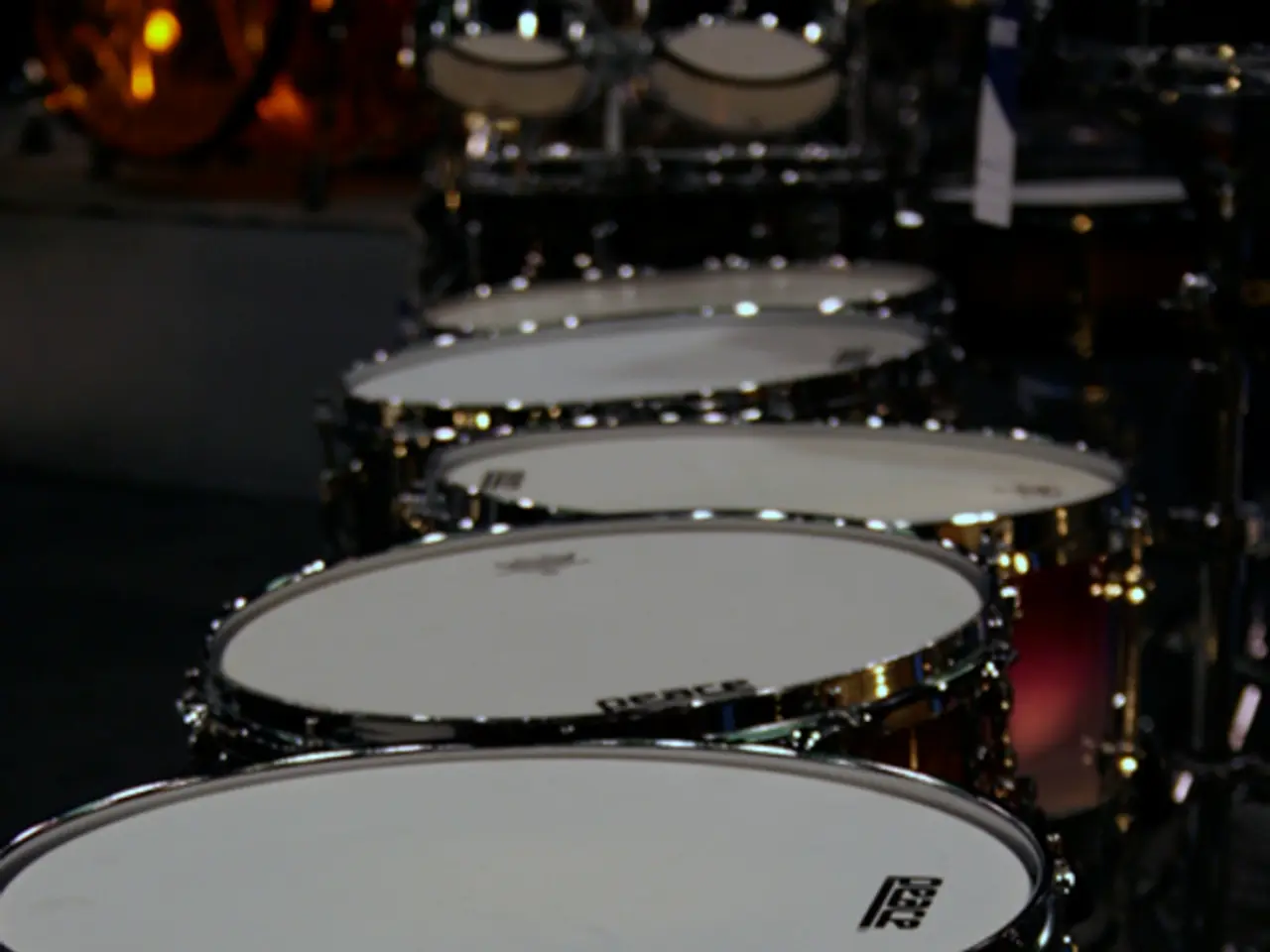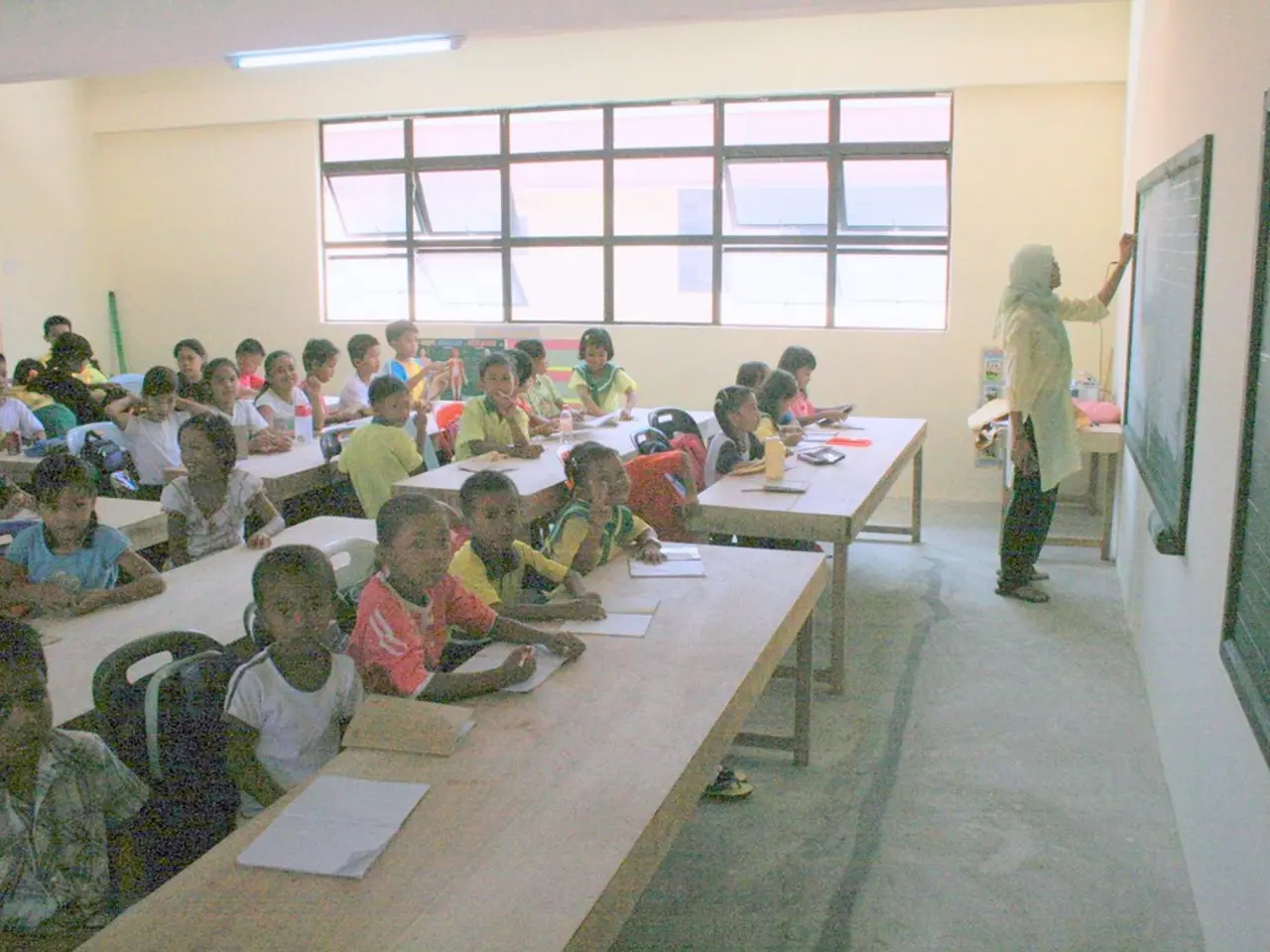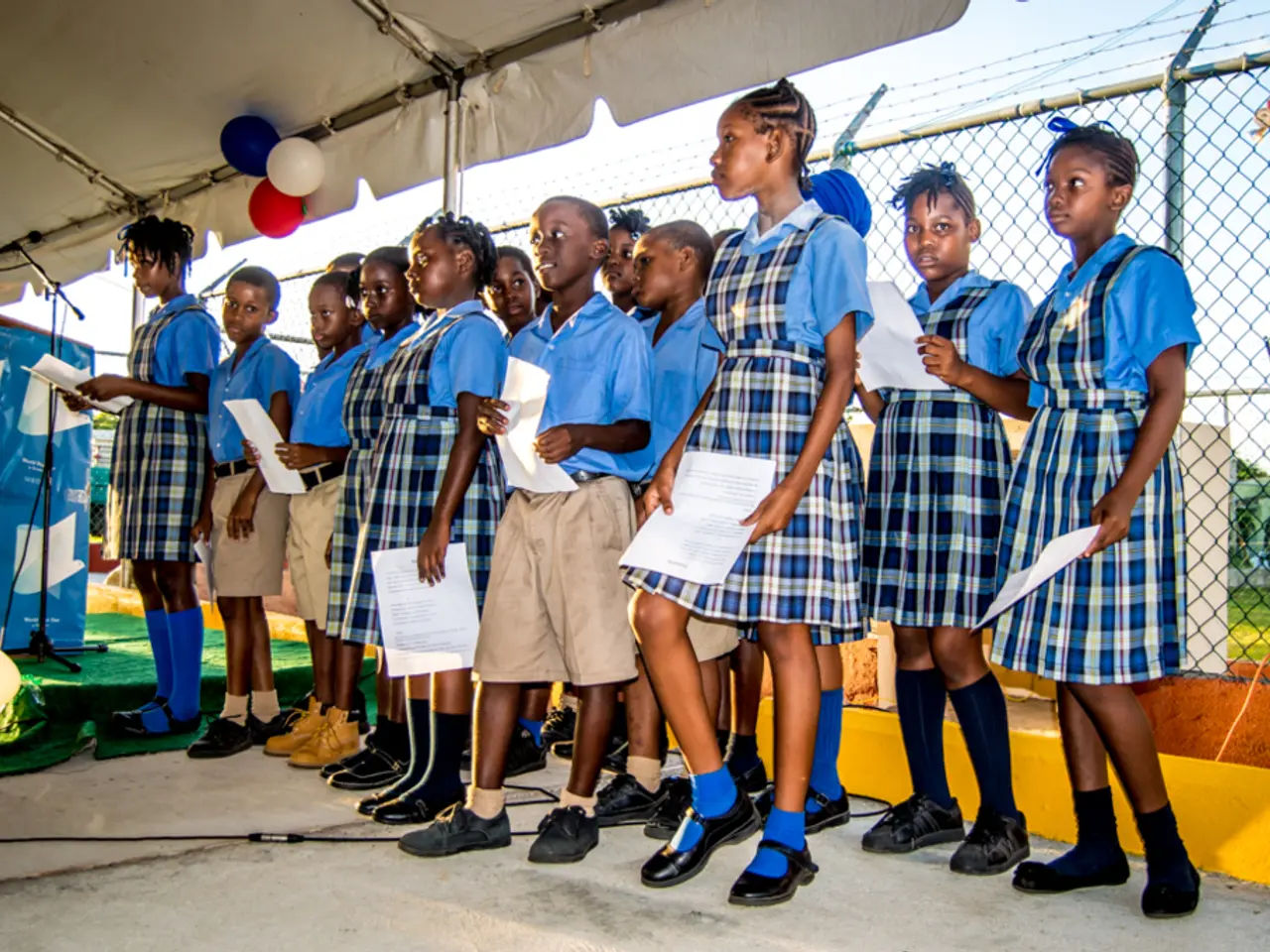Expanded Learning Opportunities in Local Parks, Similar to Libraries, Encouraging Daily Awe
Transforming Local Parks into Vibrant Learning Environments
A groundbreaking park-library partnership is revolutionising community spaces, turning local parks into engaging outdoor learning environments. This innovative approach combines the educational resources of libraries with the natural and recreational assets of parks, creating dynamic spaces where knowledge and nature intersect.
The partnership follows a structured, collaborative process, involving community assessment, strategic planning, program development, and ongoing evaluation.
Community Assessment and Collaboration
The process begins with a community needs assessment, gathering input from residents, educators, and park and library staff to identify interests, demographics, and relevant educational themes. Stakeholders, including park departments, library staff, educators, local government, and community organisations, are engaged collaboratively to ensure alignment with shared mission and values and build broad support.
A master plan is then developed, outlining clear goals for how parks will serve as outdoor classrooms and learning spaces. This includes planning for infrastructure, accessibility upgrades, and program delivery methods.
Educational Programming and Funding
Libraries play a crucial role in developing educational programming, adapting their resources for outdoor settings. Workshops, guided nature walks, storytelling sessions, and skill-building events like language classes or citizen science activities are just a few examples of the engaging learning experiences offered in parks.
Securing funding and partnerships is essential for the success of these initiatives. Feasibility studies, grant applications, and partnerships with local organisations help finance upgrades and ongoing program costs.
Implementation and Evaluation
Pilot programs are implemented to test different types of learning activities in parks and gather participant feedback for program refinement. Staff and volunteers are trained to facilitate outdoor learning experiences and use both library and park assets effectively.
The partnership and programs are promoted widely to attract diverse community members and ensure equitable access to educational opportunities outdoors. Evaluation and maintenance are ongoing, using metrics such as attendance, participant learning outcomes, and community satisfaction to guide continuous improvement.
Innovative Features
Innovative features of these park-library partnerships include digital-physical hybrid spaces, interactive nature trails, outdoor science labs, and environmental education stations. Smart park features with weather-resistant touch screens provide access to library databases and educational content. QR-coded nature trails link to digital resources, and AI-powered virtual tutors guide self-directed learning through outdoor exploration.
Environmental Education Stations offer permanent displays about local wildlife habitats, weather patterns, and conservation efforts, with hands-on elements like rain gauges, soil testing kits, and bird watching guides. Outdoor Science Labs establish solar-powered microscope stations, weather monitoring equipment, investigation zones for testing water quality, soil composition, and air quality, and demonstration areas for concepts like erosion, photosynthesis, and decomposition.
Inclusive Design
Inclusive outdoor learning spaces are created with accessible features such as wide, smooth pathways, adjustable-height tables and benches, tactile learning elements, Braille signage, and interpretive panels at various heights with large print options and audio descriptions available through QR codes.
Safe Learning Zones are designated with clear sight lines for supervision, proper lighting, and buffer zones between active recreation areas and quiet study spaces. Community Feedback Systems are deployed to gather real-time user reviews and suggestions, with weatherproof feedback stations, a dedicated mobile app section, regular community forums, QR codes at learning stations, and a suggestion box system through both physical installations and digital platforms.
The Future of Outdoor Learning
By combining the library’s educational expertise and resources with the park’s natural and recreational assets, a park-library partnership can create vibrant, accessible outdoor classrooms that promote lifelong learning and community engagement. This includes thoughtful programming, environmental enhancements, and sustained collaboration among all partners involved.
The fusion of natural environments with digital innovation opens up exciting possibilities for learning in ways that traditional classrooms simply can't match. Innovations such as mobile learning labs, pop-up makerspaces equipped with 3D printers and robotics kits, augmented reality trails, and nature-based STEM programs are just a few examples of the future trends in park-library integration.
Take the first step by connecting with your local library and park administrators to explore how you can help transform these valuable community assets into dynamic spaces where knowledge and nature intersect.
- The library could explore incorporating e-learning modules for programming and coding as part of their educational programs, making it possible for community members to learn these skills outside of traditional classroom settings within park-library partnerships.
- In the realm of lifestyle and self-development, workshops could be held at home-and-garden themed learning spaces in parks, teaching gardening tips, composting techniques, and sustainable living practices.
- The park-library partnership could collaborate with local organizations to create interactive nature trails that incorporate augmented reality and QR codes, connecting visitors with digital resources about local flora and fauna, thereby enhancing the learning experience of both education and self-development in an outdoor setting.




